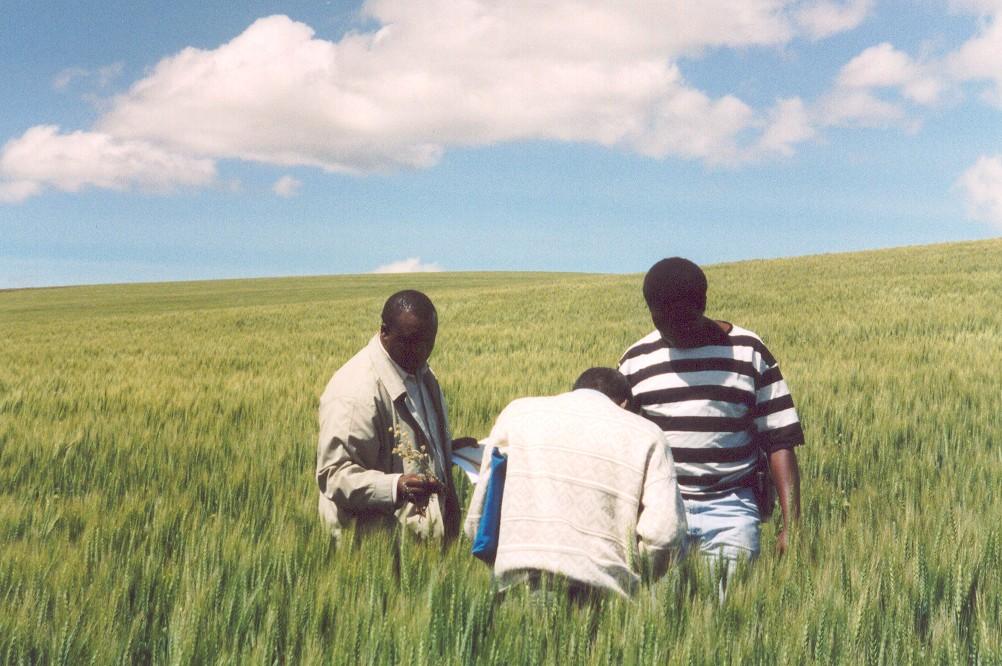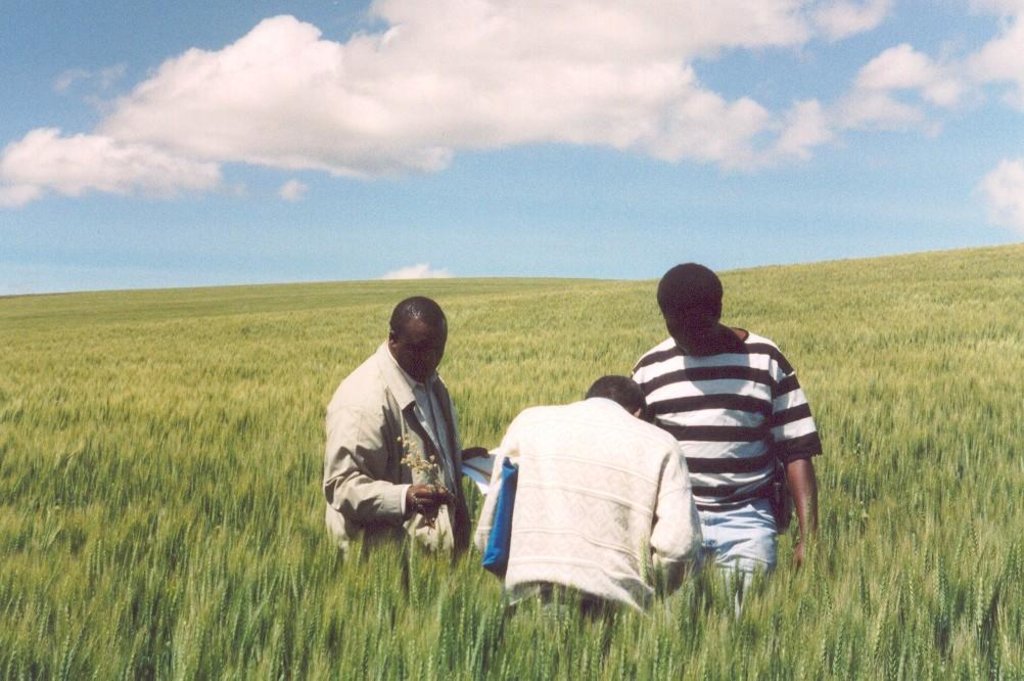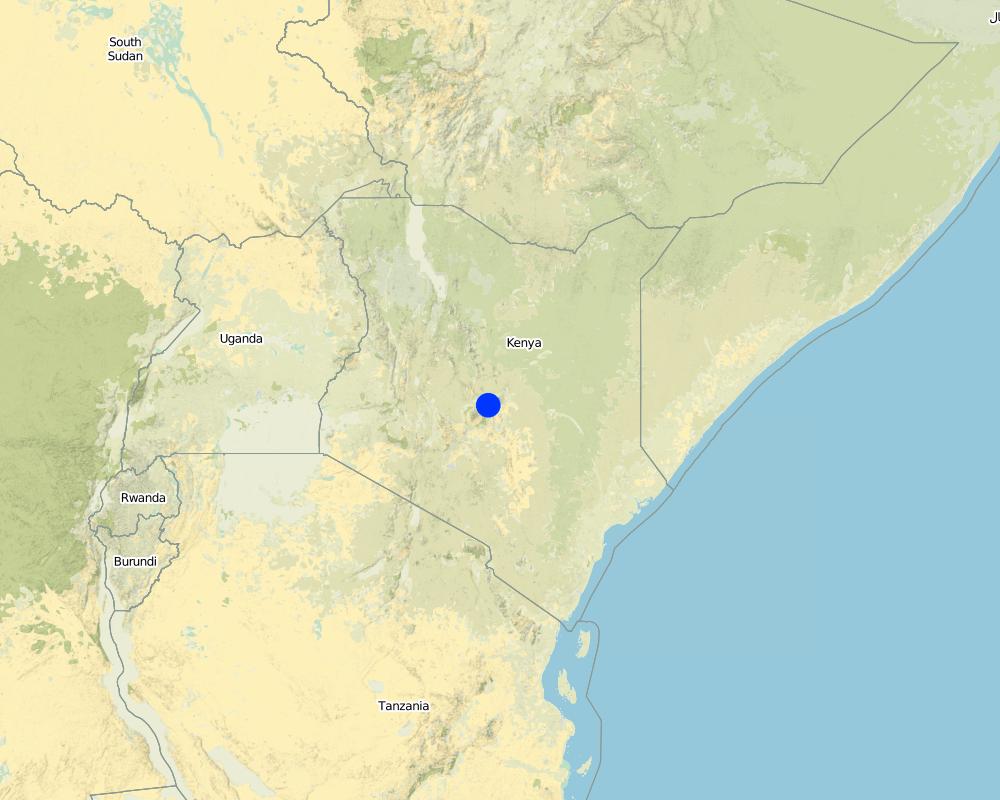Conservation Tillage for large scale wheat and barley production [肯尼亚]
- 创建:
- 更新:
- 编制者: Kithinji Mutunga
- 编辑者: –
- 审查者: Fabian Ottiger
approaches_2649 - 肯尼亚
查看章节
全部展开 全部收起1. 一般信息
1.2 参与方法评估和文件编制的资源人员和机构的联系方式
SLM专业人员:
SLM专业人员:
Dyer Martin
info-kis@kisima
Kisima Farm
Kisima Farm
肯尼亚
有助于对方法进行记录/评估的机构名称(如相关)
Food and Agriculture Organization of the United Nations (FAO) - 意大利有助于对方法进行记录/评估的机构名称(如相关)
SOWAP (SOWAP) - 匈牙利有助于对方法进行记录/评估的机构名称(如相关)
Kisima Farm Limited - 肯尼亚1.3 关于使用通过WOCAT记录的数据的条件
编制者和关键资源人员接受有关使用通过WOCAT记录数据的条件。:
是
2. SLM方法的描述
2.1 该方法的简要说明
Yield and income improvements by better soil moisture conservation and reduced labour costs resulting from individual initiative
2.2 该方法的详细说明
该方法的详细说明:
Aims / objectives: Overall purpose: improved yield and income. Specific objectives: Soil misture conservation and reduced labour costs for farm operations.
Stages of implementation: A gradual development of expertise through trial and error. Discussion with other farmers trialing a similar technology.
2.3 该方法的照片
2.5 采用该方法的国家/地区/地点
国家:
肯尼亚
区域/州/省:
Meru Central
Map
×2.6 该方法的开始和终止日期
注明开始年份:
1970
2.8 该方法的主要目的/目标
The Approach focused mainly on SLM with other activities (crop yields, sheep farming)
To improve crop yields and income
The SLM Approach addressed the following problems: Soil moisture retention, reduced soil fertility, costs of farm operations, need to improve yields
2.9 推动或妨碍实施本办法所适用的技术的条件
财务资源和服务的可用性/可得性
- 阻碍
Limited capital to invest in the right machinery
Treatment through the SLM Approach:
法律框架(土地使用权、土地和水使用权)
- 启动
The existing land ownership, land use rights / water rights greatly helped the approach implementation
了解SLM,获得技术支持
- 阻碍
Lack of technical information
Treatment through the SLM Approach: Potential to seek expert advice eg through the Cereal Growers Association
3. 相关利益相关者的参与和角色
3.1 该方法涉及的利益相关者及其职责
- 当地土地使用者/当地社区
Individual farmer
3.4 有关SLM技术选择的决策
具体说明谁有权决定选择要实施的技术:
- 仅限土地使用者(自主)
解释:
This is a single farm
Decisions on the method of implementing the SLM Technology were made by by land users* alone (self-initiative / bottom-up)
4. 技术支持、能力建设和知识管理
4.4 监测和评估
监测和评估是该方法的一部分吗?:
是
注释:
bio-physical aspects were regular monitored through measurements
area treated aspects were None monitored through measurements
There were no changes in the Approach as a result of monitoring and evaluation
5. 融资和外部物质支持
5.1 该方法中SLM组成部分的年度预算
注释(例如主要的资助来源/主要捐助者):
Approach costs were met by the following donors: other (farmer income/ savings): 100.0%
6. 影响分析和结论性陈述
6.1 方法的影响
该方法是否帮助土地使用者实施和维护SLM技术?:
- 否
- 是,很少
- 是,中等
- 是,支持力度很大
Increased soil moisture and reduced soil erosion
Did other land users / projects adopt the Approach?
- 否
- 是,很少
- 是,中等
- 是,支持力度很大
Other large-scale farmers are experimenting with the technology and small-scale farmers are also keen to follow
6.3 方法活动的可持续性
土地使用者能否维持通过该方法实施的措施(无外部支持的情况下)?:
- 是
若是,请说明如何维持:
Individual initiative
6.4 该方法的长处/优点
| 土地使用者眼中的长处/优势/机会 |
|---|
| Sets own timelines and goals |
| 编制者或其他关键资源人员认为的长处/优势/机会 |
|---|
| Individual self-drive (How to sustain/ enhance this strength: national appreciation and publicising of such successes) |
6.5 该方法的弱点/缺点以及克服它们的方法
| 土地使用者认为的弱点/缺点/风险 | 如何克服它们? |
|---|---|
| Taking risks | Seeking expert knowledge |
| 编制者或其他关键资源人员认为的弱点/缺点/风险 | 如何克服它们? |
|---|---|
| Spending own resources on uncertain risks | Specialist advice to reduce risk |
7. 参考和链接
7.1 方法/信息来源
- 实地考察、实地调查
- 与土地使用者的访谈
链接和模块
全部展开 全部收起链接
无链接
模块
无模块





